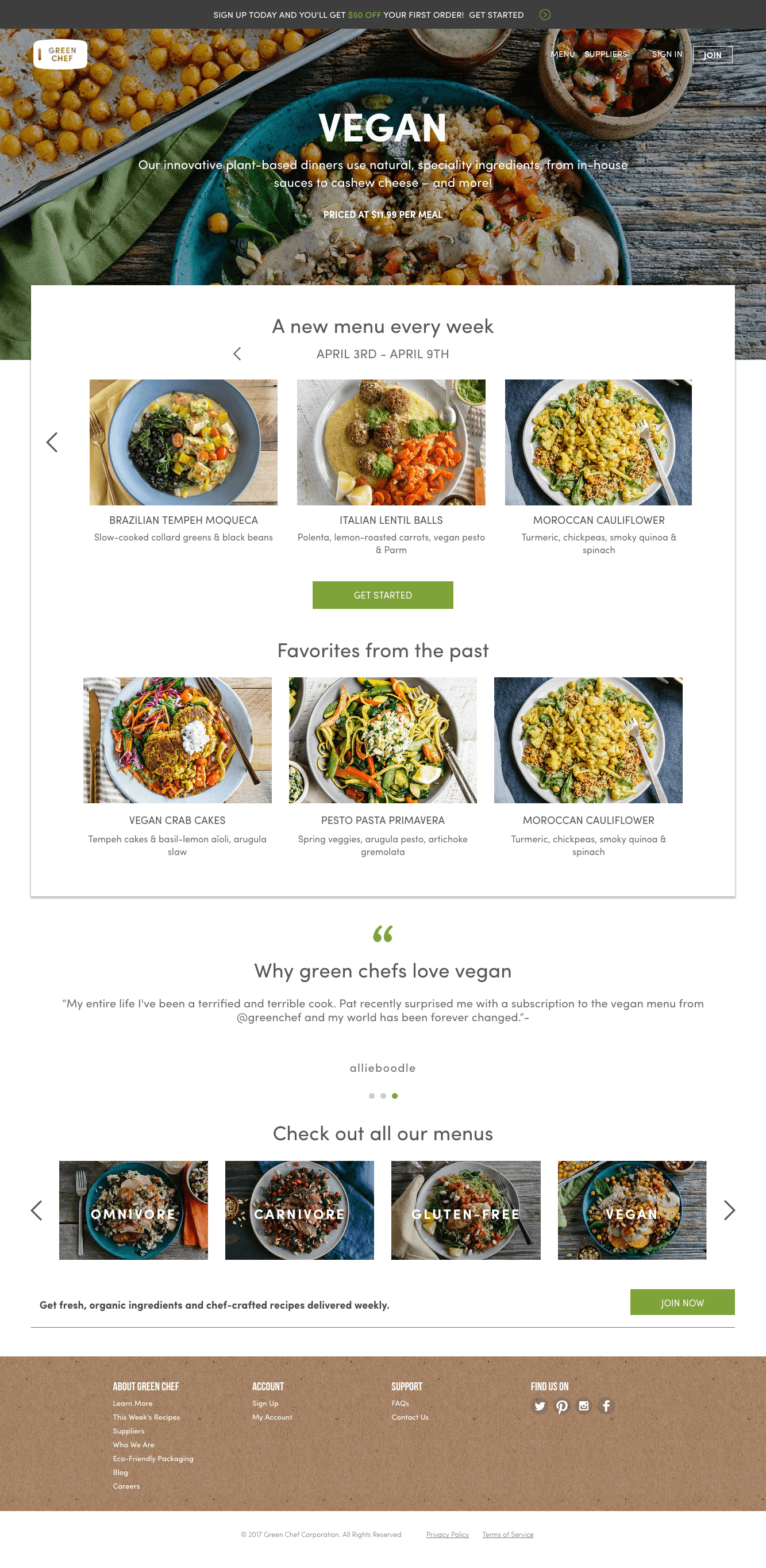The connected audience: Content and creative needs for each stage of the customer journey
In the second part of his series on the connected marketing approach, contributor Thomas Stern explains how the connected audience is built on keyword insights, segmentation and a focus on the customer’s needs.

To optimize marketing productivity and improve credibility, brands must further develop each aspect of their digital marketing. With a connected marketing approach, it is critical to sync the brand, audience and channels. This means making sure marketing tactics and brand messaging are consistent across all channels and audiences, creating a memorable and effective experience throughout the consumer journey.
Last month, I talked about the connected brand. This month, in the second installment of this series, I’ll dive into the connected audience. In order to make a lasting impact with your prospective customers, you must know what their needs are across each stage of their journey.
Audience keyword insights
Keywords allow brands to better understand the types of users they’re speaking to and what queries most resonate with them. To clearly define an audience, effective keyword research is imperative for marketing professionals. It can lead to insights that help brands connect with audience interests.
Different keywords illustrate the levels of purchase intent and customer type, so it’s important to group keywords based on these factors. In doing so, you’ll be better equipped to create the right content for the right customer at their specific phase in the buyer journey. Which brings us to…
Audience segmentation
Organizing audiences into trackable and manageable groups allows for brands to tailor their content to the needs of each of their audience segments. For example, Uber uses different landing pages depending on whether a user might be looking to drive or ride. With completely different goals, both pages are built to attract different user groups.
To properly segment, you have to dig in and build out a persona per each segment. Whether it’s a millennial mom or an avid gym rat, each segment has its own needs and interests. And regardless of which segment, the customers are not silent spectators or passive listeners; they’re engaged in real-time conversations on various platforms.
For example, take a look Green Chef, a healthy food delivery service. They have content on their website and Instagram that is designed specifically to target consumers with different diets, including vegan, vegetarian, paleo and gluten-free.
For their website, they display the content against the multitude of menu options and photography to keep each segment on the page longer. On Instagram, their posts are designed for targeted engagement, including the use of relevant hashtags (e.g., #vegan in the example below).


To accomplish this level of understanding, brands have to develop a checklist to fully flesh out their audience segments. This checklist prompts you to ask:
- Who are my customers? (This will help you to define your audience segments and develop different personas for each.)
- What are my audiences’ interests? (This will direct your content development efforts within each audience segment.)
- How large are my audience segments? (This will determine the prioritization for your marketing efforts.)
- Where do my audiences spend time online? (This helps customers find the brand presence on their most-used channels.)
- Why should this audience segment choose my brand? (Determine the advantage your brand has over competitors.)
After running through the checklist, brands have to close the gap within segments by focusing on the needs of these audiences.
Audience needs
It is important to research and analyze data about your different audience segments. Simple methods, like interviewing a focus group, may help you uncover what your (potential) customers care about in a brand. By understanding their goals holistically, brands can further refine how they publish content and ensure that it positively affects how customers make purchasing decisions.
Meeting the needs of your audience means decoding your audience’s urgent concerns while homing in on your content. You need to determine how your audience finds your site, discover what they’re reading and ask yourself your core content foundation.
Keyword insights and segmentation inform the content types necessary to meet the audience’s needs. By better understanding your audience, you can create more appealing content in formats that resonate with your audience, and you can promote that content more effectively. As your keyword analysis becomes more sophisticated, your campaign and content efforts will perform even better.
Final thoughts
By blending the keyword insights, segments and audience needs, the connected audience can refresh your approach to content and creative for all parts of the customer journey.
Stay tuned next month for the final installment of my connected approach series, where I will discuss connected channels.
Some opinions expressed in this article may be those of a guest author and not necessarily Marketing Land. Staff authors are listed here.
Marketing Land – Internet Marketing News, Strategies & Tips
(37)



